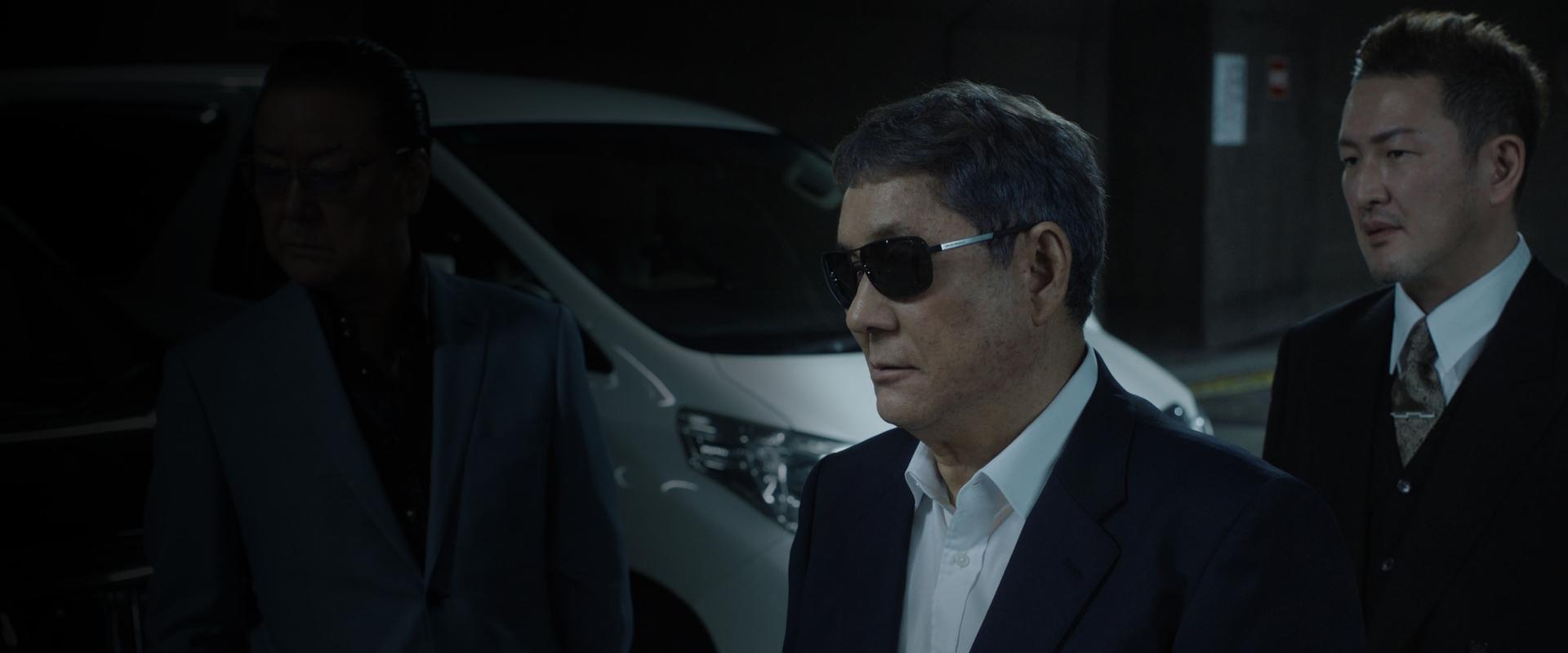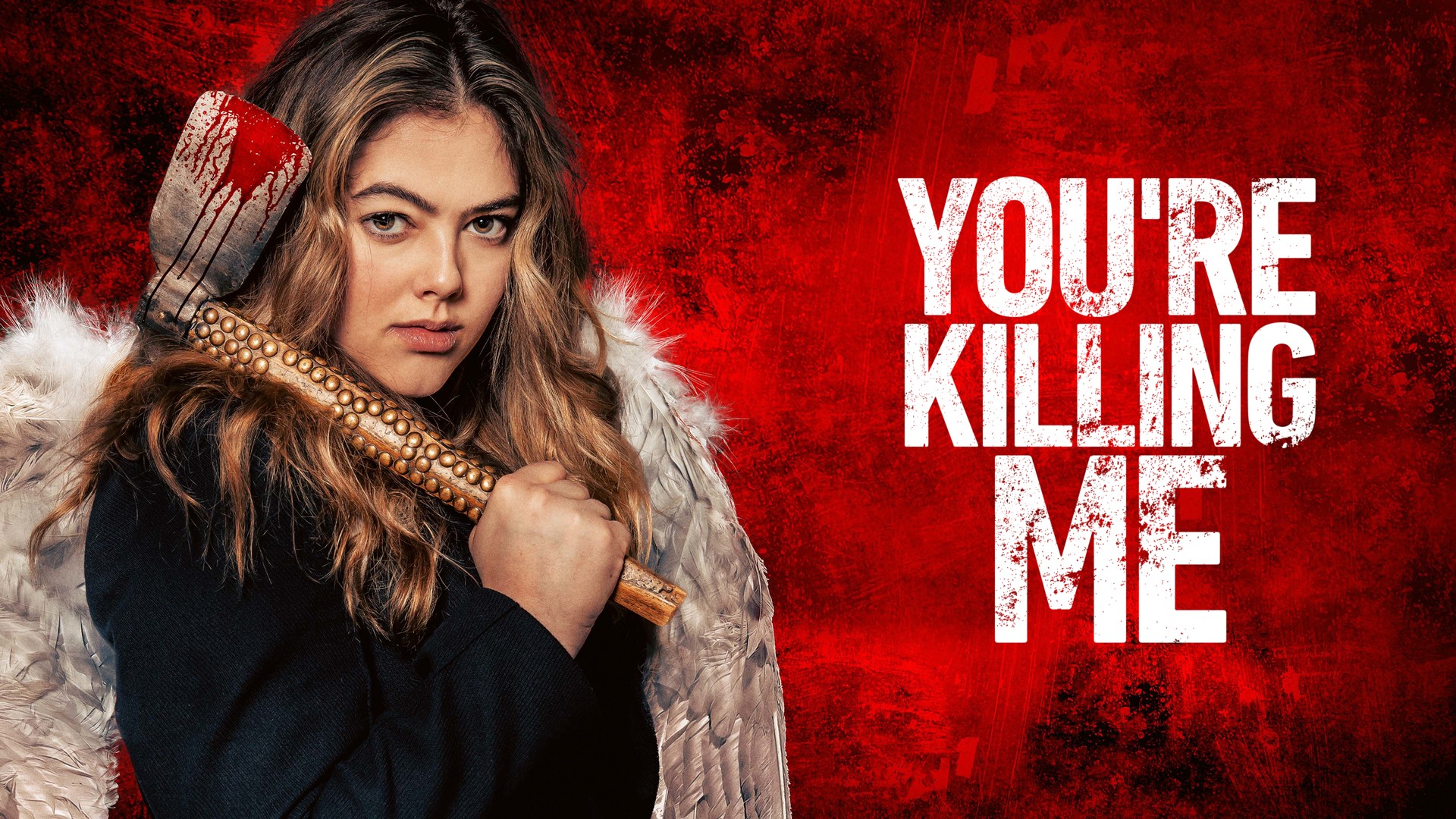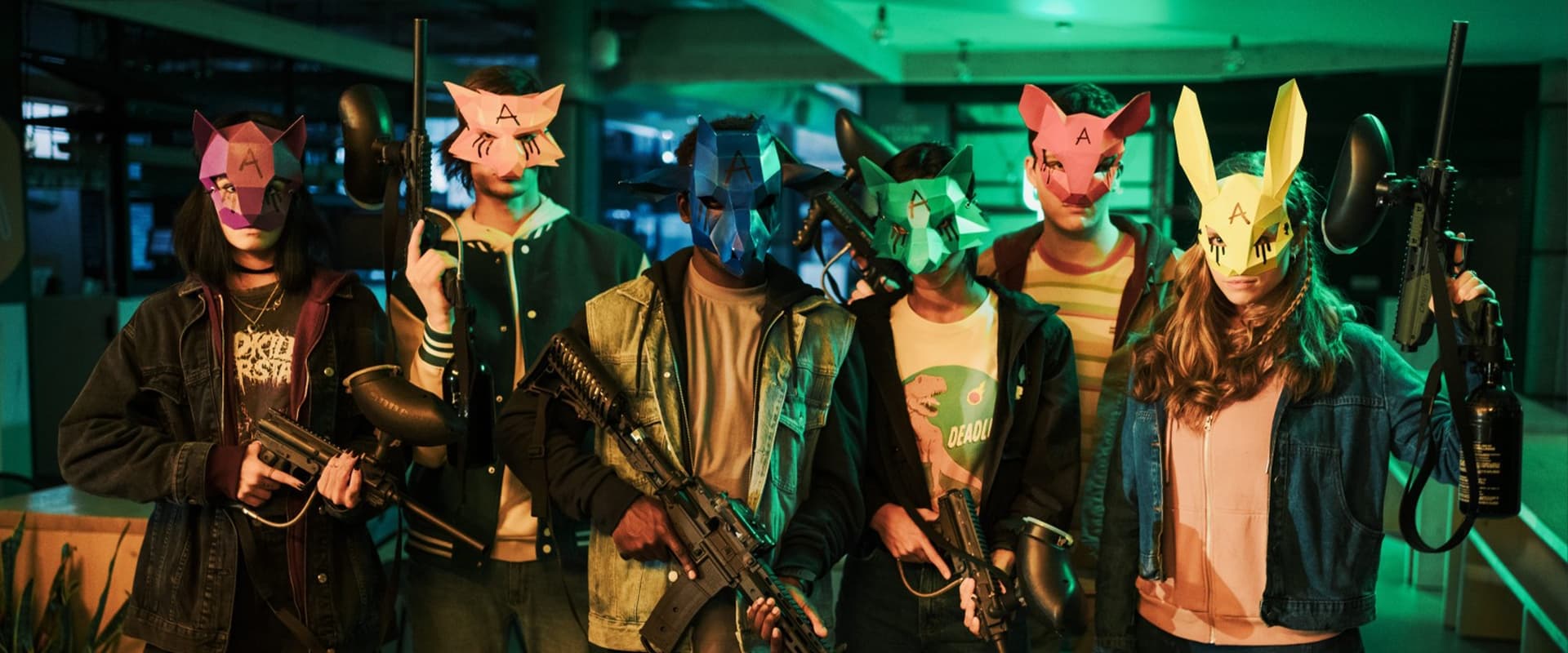There are experiments and then there are detonations. Takeshi Kitano’s “Broken Rage” doesn’t so much break the mold as lob a cherry bomb into its center and giggle at the splatter. This is the Kitano some of us grin for—a filmmaker who looks trouble straight in the eye, shrugs, and lights a fuse anyway. But “Broken Rage,” his latest genre daredevil act, is also proof that sometimes the fuse runs to a soggy pile of confusion instead of a cathartic bang.
Kitano, aging poet of blood and deadpan, grants us a film in muscular halves: the first, a brooding dance of death for a weary hitman on the edge of oblivion; the second, a comedic remake of its own shadow, as if the spirit of Buster Keaton (with a bottle of sake in hand) hijacked the reels and forced everyone into slapstick submission. It’s a feat equal parts bravado and bewilderment—almost exhilarating in its insolence. Yet only sometimes is it more than a trick.
Let’s linger where Kitano’s touch is firmest. As the doom-steeped assassin—his face sculpted by regret, his movements carved in resignation—Kitano delivers what amounts to a jazz riff on his “Sonatine” persona: still, unreadable, smoldering with unsaid violence. The early stretches are masterful at their own low volume. Shadows dangle from doorways; the dialogue hovers like rain about to break. Bitter old men shuffle their chess pieces through Tokyo’s underworld. There is Tadanobu Asano, spectral and searching; Nao Omori, flickering with secrets; Hakuryu and Shidō Nakamura lending ballast to a ship steadying itself on the swells of violence and guilt. In these moments, “Broken Rage” feels like a fevered chamber piece—Kitano quietly lancing his own mythology for yet another farewell song.
Then—curtain up!—the film’s midpoint snaps, the reel hiccups, and suddenly the assassin and his cronies are plunging, full-sprint, into a bargain-bin vaudeville act. The lighting turns gaudy, the action rubber-spined. Kitano, grinning his inscrutable half-lidded smile, asks us to recognize the same story kitsched up into farce. Suddenly this Tokyo glows with loopy neon and the tension pings off whoopee cushions. Guns jam, wigs topple, dignity flees. For a moment, you suspect Kitano is unsheathing some grand philosophical parable about genre, artifice, and performance—then the slapstick takes over, and you wonder if he just wanted to see tough guys slip on banana peels. The audacity flickers; the coherence collapses.
Is this a coup or a cop-out? The answer—maddeningly—is both. The serious half works because it has earned its gravity, its hushed breaths and graveside humor. The comedy half, though, is all rubber chickens and rattled nerves—where gravitas dissolves into a sort of giddy, chaotic self-parody. Kitano the director seems to be ribbing Kitano the icon, while Kitano the audience surrogate is left somewhere in the aisle, still checking his watch.
Visually, the cinematography in the first act could be a love letter to gloom: shrouded rooms, haunted faces, a symphony in monotone. It’s almost hypnotic, a haiku of loneliness. The second act is a paint-splatter: costumes loud enough to deafen, the music replaced by honks and bangs as if the Foley artist has been locked in with a trunkful of cartoon props. The coherence is sacrificed on the altar of comic mischief—sometimes joyously, often gratingly. Even the sound design seems pitched to undercut itself: the first half listens for heartbeats, the second for pratfalls.
And yet—I cannot help but admire the perverse, nearly adolescent energy behind the stunt. Kitano wants to prove stories aren’t fossils, that a narrative can somersault from the existential to the ridiculous and still stand. Sometimes, for a few breathless minutes, it works: the movie flexes, blurring horror and jest, and you feel the tension between the ritual of violence and the absurdity behind it. But too often, the comedy fizzles where the drama kindled, leaving the audience in a tonal no-man’s land, neither thrilled nor tickled, just slack-jawed.
“Broken Rage” is less a film than a dare. It’s meta-cinema in a clown suit and funeral suit, slapping itself silly, then turning mournful when the laughter won’t come. The experiment, bold as it is, cannot hide the fact that halves don’t quite make a whole. Kitano is both artist and prankster here, dazzling himself in his own fractured mirror.
If you want to see the boundaries of narrative beaten with both a hammer and a rubber chicken, this is your show. If you crave coherence or catharsis, you might be left peering into the void, wondering which side of Kitano’s coin landed up—or if, in the end, it simply rolled off the table.
“Broken Rage” is a fascinating failure—half lucid dream, half meta joke, and wholly, stubbornly Kitano. You stagger out dazed, grateful for the chutzpah, but still craving a simpler, more honest punchline.


